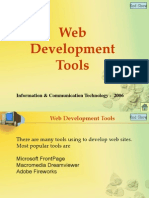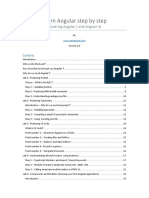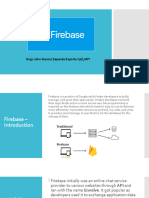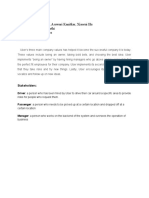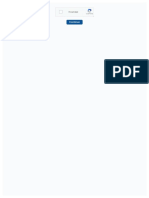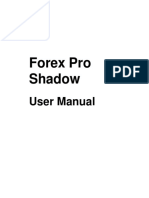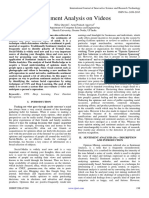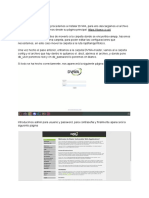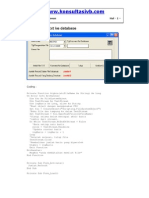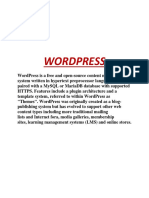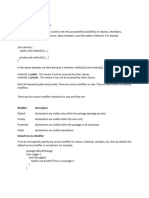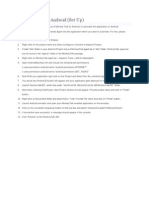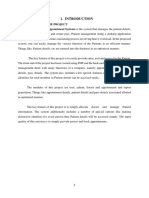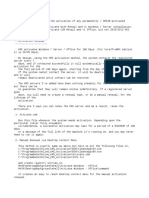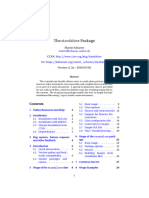0% found this document useful (0 votes)
161 views18 pagesDasar Hack Wordpress
The document discusses the basic structure and key files of a default WordPress installation. It describes how WordPress requires a LAMP stack before being installed in the webroot directory. It then summarizes the main directories like wp-content and wp-includes and important configuration files like wp-config.php.
Uploaded by
Zulfi GustiamanCopyright
© © All Rights Reserved
We take content rights seriously. If you suspect this is your content, claim it here.
Available Formats
Download as TXT, PDF, TXT or read online on Scribd
0% found this document useful (0 votes)
161 views18 pagesDasar Hack Wordpress
The document discusses the basic structure and key files of a default WordPress installation. It describes how WordPress requires a LAMP stack before being installed in the webroot directory. It then summarizes the main directories like wp-content and wp-includes and important configuration files like wp-config.php.
Uploaded by
Zulfi GustiamanCopyright
© © All Rights Reserved
We take content rights seriously. If you suspect this is your content, claim it here.
Available Formats
Download as TXT, PDF, TXT or read online on Scribd
/ 18





